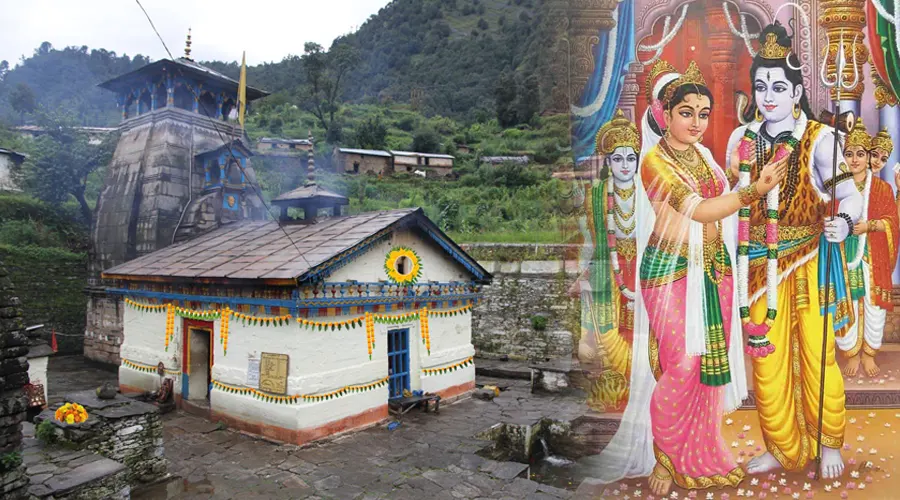Aguada Fort, Goa
Aguada Fort is a splendid example of the Portuguese military style of architecture. It was constructed using laterite stone, which was found in abundance in Goa. The fort is categorized into two parts – the upper part and the lower part. The upper part was designed to serve as a fort and a huge watering station. The lower part extended a safe berth for the ships belonging to the Portuguese rulers. The fort is enveloped by walls as high as 5 meters and as wide as 1.3 meters. Some bastions surround the fort on three sides while the fourth side has a gateway that faces the Mandovi River.
In its heydays, Aguada Fort served as one of the largest freshwater storages of Asia and could store 2,376,000 gallons of water. The fort also features a gunpowder room, bastions, and a moat. One of the most attractive aspects of the fort’s architecture is a secret passage that was built to help the occupants escape in the case of an emergency or war.
History
Fort Aguada traces its origins to 1609 when its construction was started by the Portuguese who were ruling over the region. The construction continued for the next three years and was completed in 1612 under the supervision of Viceroy Ruy Tavara. The word Aguada means freshwater in the Portuguese language and the fort derives its name from a freshwater spring located within it. It is recorded that crews of sailing ships used to replenish their stock of potable water from this spring.
Aguada Fort was built to guard and defend the Portuguese stronghold in Goa against the Maratha and Dutch invaders. Owing to its location at the confluence of the Arabian Sea and the Mandovi River, it became the most prized fortress for the Portuguese back in the seventeenth century.
In 1864, a four-storied lighthouse was erected within the fort’s premises. For a long time after that, the fort served as a reference point for the ships and vessels sailing in from Europe, thanks to the lighthouse. In 1976, the lighthouse was finally abandoned and it is currently closed to the public. However, there is a new lighthouse built on the fort premises, which is called the Aguada Lighthouse. Interestingly, the fort premises also houses a jail which was actively used during the administration of the 100th prime minister of Portugal, called Salazar. It is one of those few forts in India that has never been conquered by an enemy.
Architecture
Aguada Fort is a splendid example of the Portuguese military style of architecture. It was constructed using laterite stone, which was found in abundance in Goa. The fort is categorized into two parts – the upper part and the lower part. The upper part was designed to serve as a fort and a huge watering station. The lower part extended a safe berth for the ships belonging to the Portuguese rulers. The fort is enveloped by walls as high as 5 meters and as wide as 1.3 meters. Some bastions surround the fort on three sides while the fourth side has a gateway that faces the Mandovi River.
In its heydays, Aguada Fort served as one of the largest freshwater storages of Asia and could store 2,376,000 gallons of water. The fort also features a gunpowder room, bastions, and a moat. One of the most attractive aspects of the fort’s architecture is a secret passage that was built to help the occupants escape in the case of an emergency or war.


























